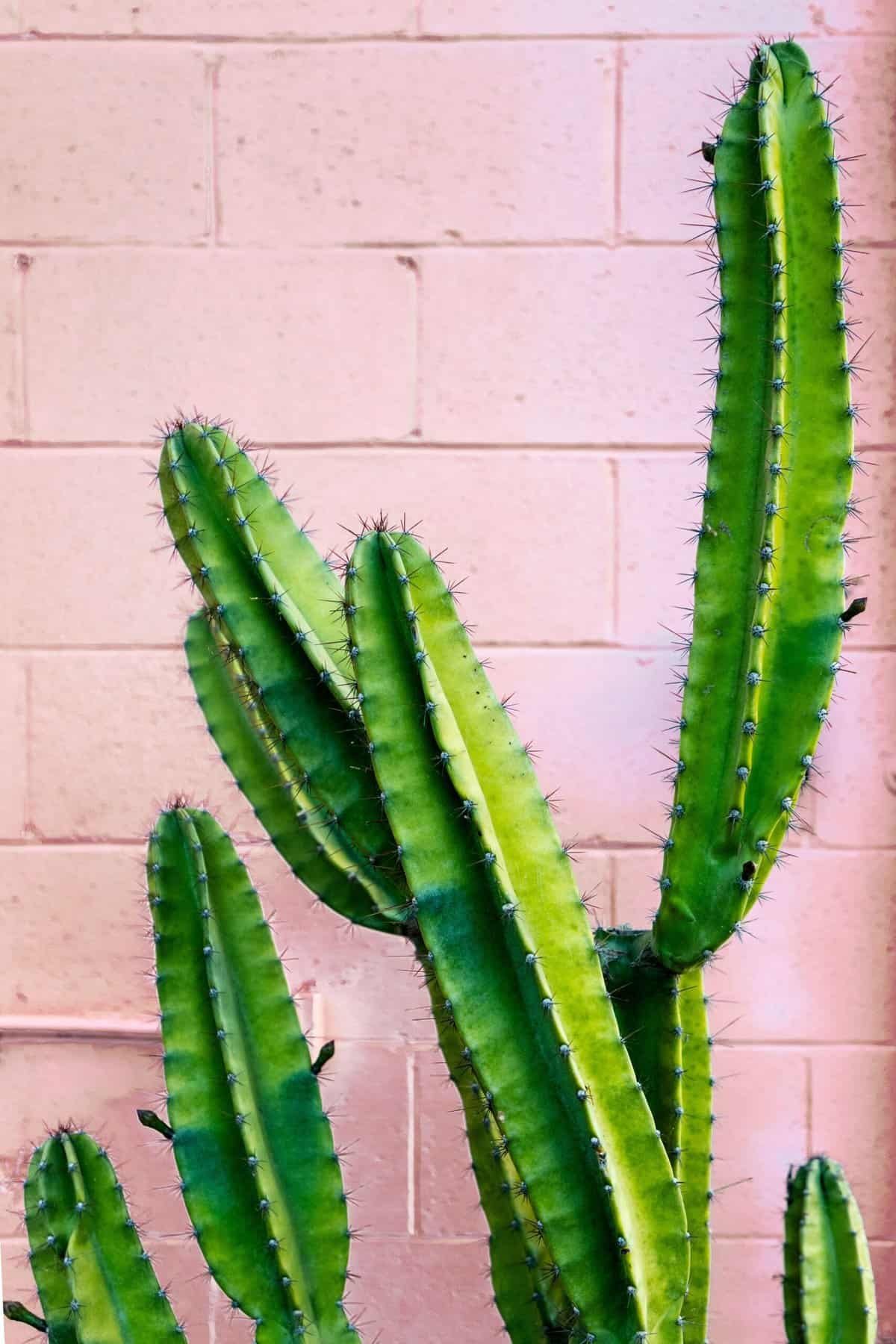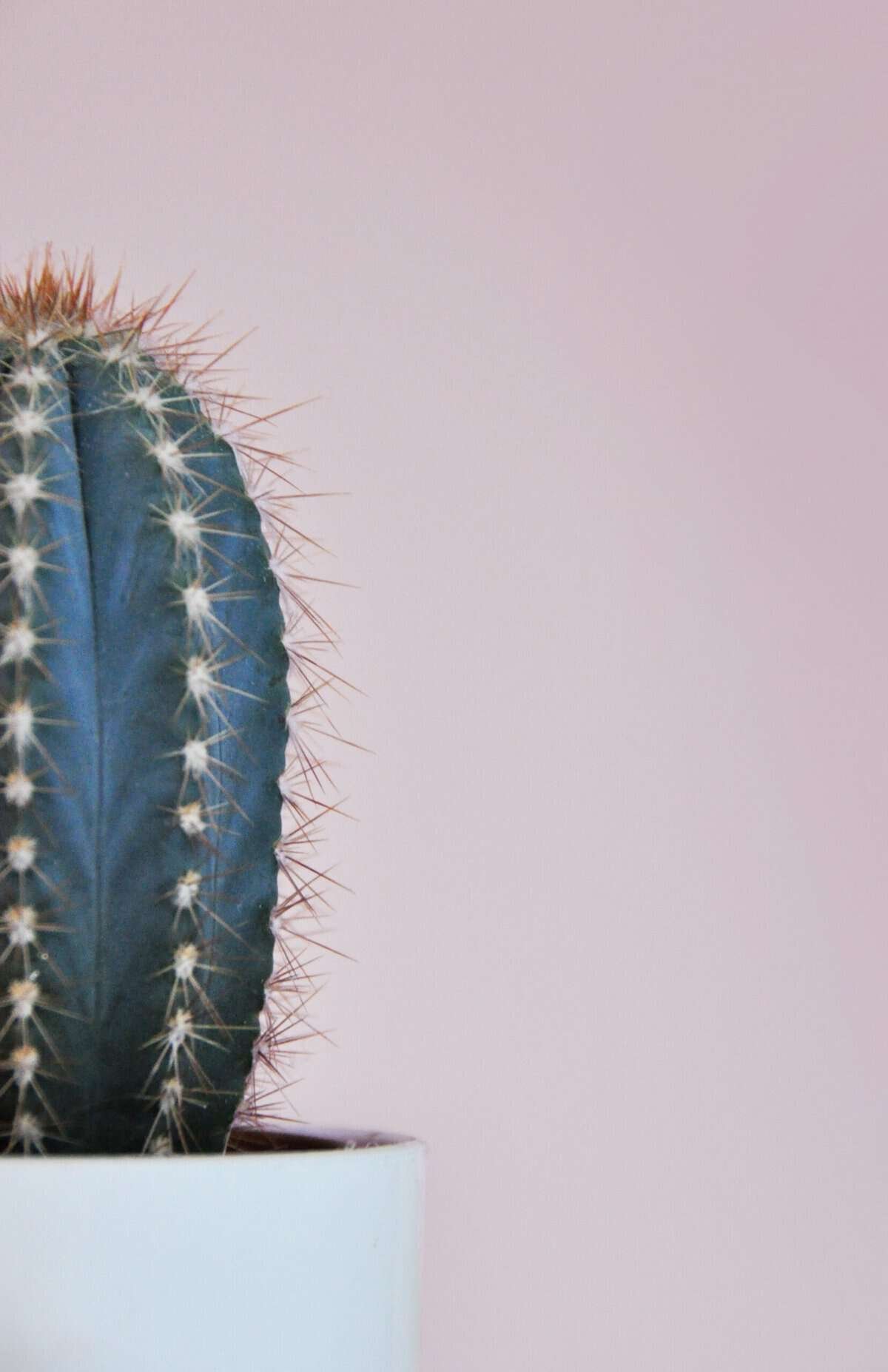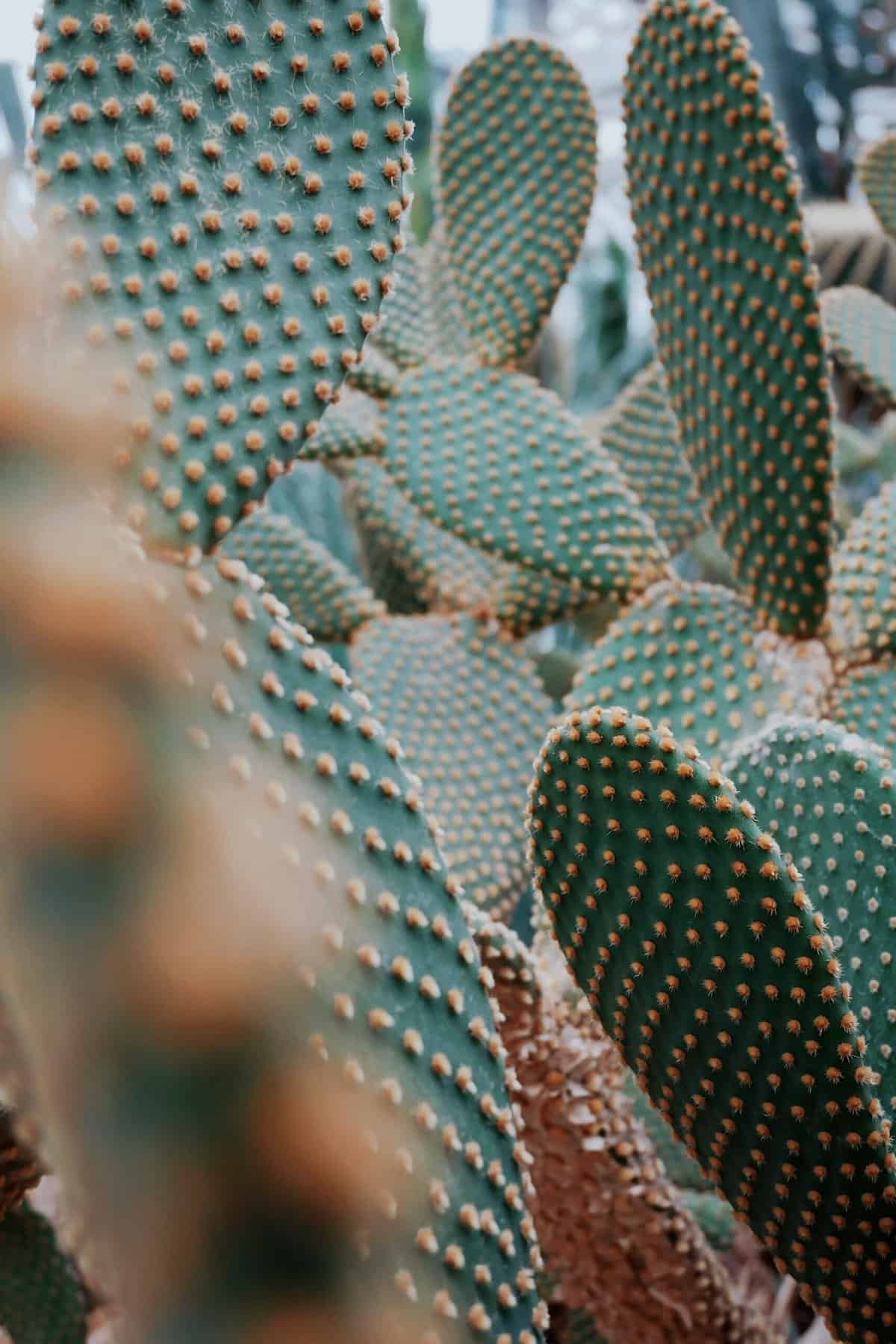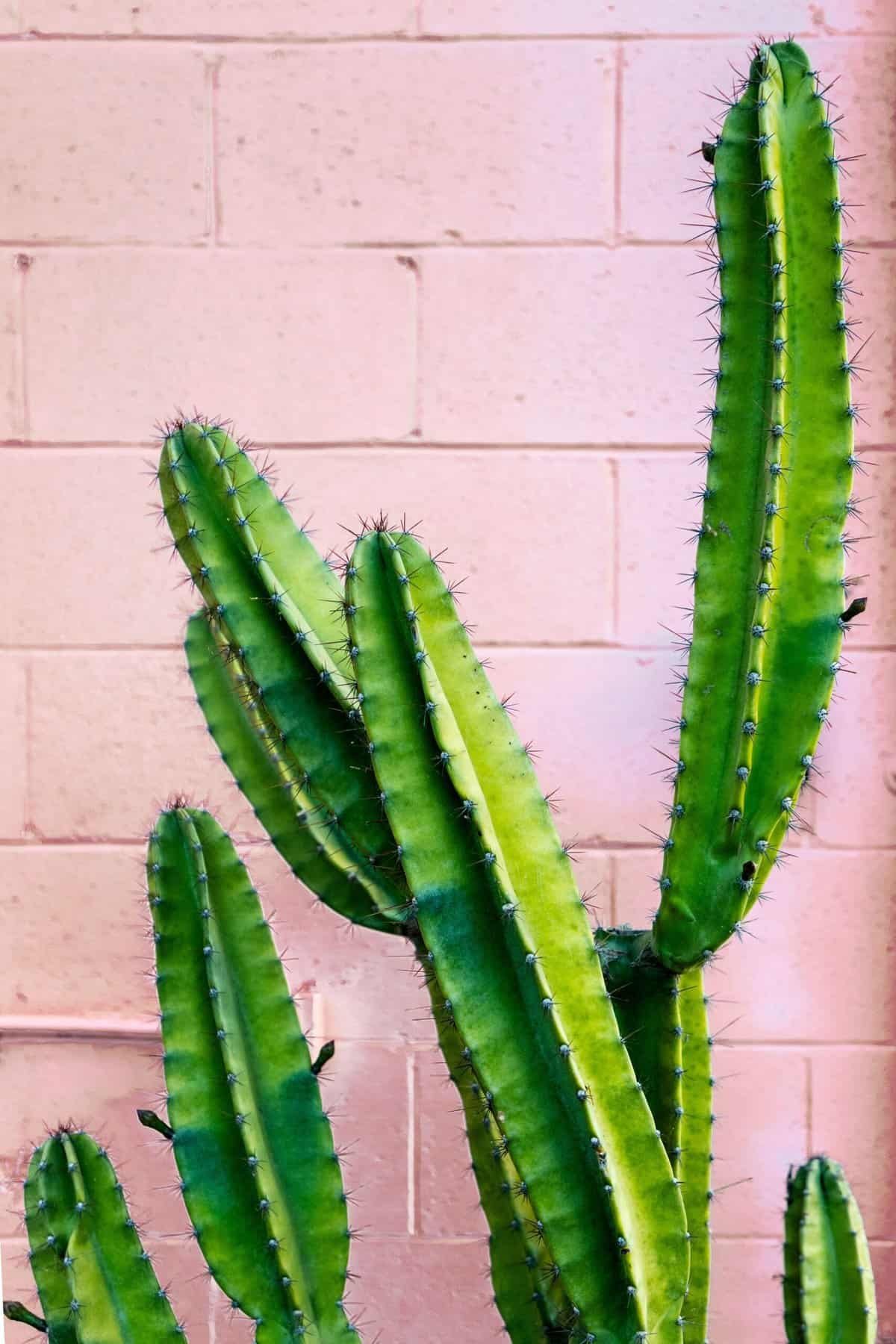Have you ever wondered if it’s possible to grow nopal, the beloved Mexican cactus, in pots or containers? Well, the answer is a resounding yes! Surprisingly, nopal can thrive in a confined space, making it a perfect addition to your urban garden or balcony. Whether you’re a seasoned gardener or a beginner, growing nopal in pots or containers allows you to enjoy its unique beauty and reap its numerous health benefits right at home. So, let’s dig in and explore the exciting world of growing nopal in pots and containers.
Soil Requirements
Choosing the Right Soil for Nopal
When it comes to growing nopal in pots or containers, choosing the right soil is crucial. Nopal plants prefer well-drained soil that is rich in organic matter. A good option is a cactus mix soil that is specifically formulated for cacti and succulents. This type of soil provides the right balance of moisture retention and adequate drainage for the nopal plant.
Fertilizer and Organic Matter for Nopal
In order to ensure the healthy growth of your nopal plant, it is important to provide it with the necessary nutrients. Applying a slow-release fertilizer specifically designed for cacti and succulents can help supply the essential nutrients over a longer period of time. Additionally, adding organic matter, such as compost, to the soil can improve its fertility and enhance the overall health of the nopal plant.
How to Prepare the Soil for Planting Nopal
Before planting your nopal in a pot or container, it is important to prepare the soil properly. Start by ensuring that the soil is loose and well-drained. Remove any rocks or debris that may hinder the growth of the roots. If needed, you can amend the soil with compost or organic matter to improve its texture and nutrient content. Mix the soil thoroughly to ensure that the amendments are distributed evenly. Once the soil is well-prepared, you are ready to plant your nopal.
Container Selection
Choosing the Right Container for Growing Nopal
Selecting the right container for your nopal is essential for its growth and development. Opt for a container that has sufficient drainage holes at the bottom to prevent waterlogged soil, which can lead to root rot. Additionally, choose a container made of durable materials, such as plastic or terracotta, that can withstand the outdoor elements.
Size and Depth of the Container
The size and depth of the container are important factors to consider when growing nopal. The container should be large enough to accommodate the mature size of the nopal plant. A general guideline is to choose a container that is at least 2-3 times the width of the mature plant. As for depth, aim for a container that is deep enough to allow the roots to grow and spread comfortably.
Drainage and Air Circulation for Nopal Containers
Proper drainage and air circulation are crucial for the health of the nopal plant growing in containers. Ensure that the container has sufficient drainage holes at the bottom to allow excess water to escape. This prevents waterlogging and root rot. Additionally, providing adequate air circulation around the container can help prevent fungal diseases and promote healthy growth.

Nopal Varieties
Prickly Pear Cactus Varieties Suitable for Container Growing
There are several varieties of prickly pear cactus, also known as nopal, that are suitable for growing in containers. Some popular varieties include Opuntia ficus-indica, Opuntia microdasys, and Opuntia engelmannii. These varieties are compact and well-suited to container gardening. Choose a variety that is suitable for your climate and personal preferences.
Propagation Techniques
Growing Nopal from Seeds
One way to propagate nopal is by growing it from seeds. Start by obtaining ripe nopal fruits and removing the seeds. Rinse the seeds thoroughly to remove any remaining fruit flesh. Germination can be enhanced by scarifying the seeds, which involves lightly scratching the seed coat to promote better water absorption. Plant the seeds in well-draining cactus mix soil and provide them with the appropriate growing conditions, including warmth and moisture.
Propagation through Cuttings
Propagation through cuttings is another popular method for propagating nopal. Select a healthy segment of the plant and cut it cleanly with a sharp, sterile knife or pruners. Allow the cuttings to dry and callus for a few days before planting them in well-draining soil. Place the cuttings in a warm and sunny location, and water them sparingly until they establish roots and start to grow.

Planting and Transplanting
Best Time to Plant Nopal in Containers
The best time to plant nopal in containers is during the early spring or late fall when temperatures are moderate and the plant can establish itself before extreme weather conditions occur. Avoid planting during the peak summer or winter months when the temperature extremes can stress the plant.
Step-by-Step Planting Guide for Nopal
- Choose a suitable container and fill it with well-draining cactus mix soil.
- Make a small hole in the soil and place the nopal plant in the center.
- Gently cover the roots with soil, making sure not to bury the stem too deep.
- Press the soil lightly to ensure good contact between the roots and the soil.
- Water the newly planted nopal thoroughly and allow the excess water to drain out of the container.
Transplanting Nopal into Larger Containers
As the nopal plant grows, it may outgrow its current container and require transplanting into a larger one. Signs that the plant needs to be transplanted include roots becoming root-bound or the plant becoming too large for the container. When transplanting, follow the same steps as planting, but choose a larger container and provide ample space for the roots to grow and expand.
Watering and Irrigation
Watering Needs of Nopal in Pots
Proper watering is crucial for the health of the nopal plant in pots or containers. Water the plant deeply, allowing the water to reach the bottom of the container. However, avoid overwatering, as excessive moisture can lead to root rot. Allow the top inch of soil to dry out between waterings, and adjust the frequency based on the weather conditions and the moisture needs of the plant.
Irrigation Tips for Nopal Container Gardening
To maximize the efficiency of irrigation, consider using a drip irrigation system or a watering can with a narrow spout to deliver water directly to the base of the plant. This helps prevent water waste and ensures that the roots receive adequate moisture.

Sunlight Requirements
Providing Adequate Sunlight for Nopal
Nopal plants thrive in full sun conditions. Place the containers in a location that receives at least 6-8 hours of direct sunlight each day. If growing indoors, choose a sunny window or use supplemental grow lights to provide sufficient light.
Protecting Nopal from Extreme Heat or Cold
While nopal plants generally tolerate a wide range of temperatures, extreme heat or cold can be detrimental to their health. During periods of extreme heat, provide some shade or move the containers to a slightly cooler location. Similarly, during frost or freezing temperatures, it is important to protect the nopal plants by moving them indoors or providing insulation.
Temperature and Climate
Optimal Temperature Range for Growing Nopal in Containers
Nopal plants prefer warm temperatures and can thrive in a wide temperature range. Ideally, the daytime temperature should be between 65°F-85°F (18°C-29°C), while nighttime temperatures should not drop below 50°F (10°C). However, they can tolerate brief periods of higher or lower temperatures, as long as the extremes are not prolonged.
Climate Considerations for Nopal Container Gardening
Nopal plants are native to arid regions and are well-adapted to hot and dry climates. They are particularly suited for container gardening in areas with a desert or Mediterranean climate. However, with proper care and attention to watering and temperature control, nopal can also be grown successfully in other climates.
Pruning and Maintenance
Pruning the Nopal Plant in Containers
Pruning helps maintain the shape and size of the nopal plant and promotes healthier growth. Remove any dead or diseased pads or stems by cutting them off at their base. Prune the plant in early spring or late fall when it is not actively growing. Be cautious when handling the plant, as the spines can cause irritation.
Fertilization and Nutrient Management
Regular fertilization is important to provide the necessary nutrients for the nopal plant. Apply a balanced, slow-release fertilizer specifically formulated for cacti and succulents according to the package instructions. Avoid over-fertilization, as it can lead to excessive growth and weak stems.
Pest and Disease Control
Nopal plants are generally resistant to pests and diseases. However, they can still be susceptible to common cactus pests such as scale insects and mealybugs. Regularly inspect the plant for any signs of infestation, such as sticky residue or cotton-like clusters. If pests are present, treat them with an appropriate insecticidal soap or neem oil spray.
Conclusion
Growing nopal in pots or containers is a rewarding and enjoyable gardening experience. By choosing the right soil, container, and following proper planting and care techniques, you can successfully cultivate this versatile and nutritious plant. Whether you are a beginner or an experienced gardener, incorporating nopal into your container garden can add beauty, sustainability, and a touch of uniqueness to your outdoor space. Enjoy the process and reap the benefits of having fresh nopal readily available for culinary and medicinal uses.

